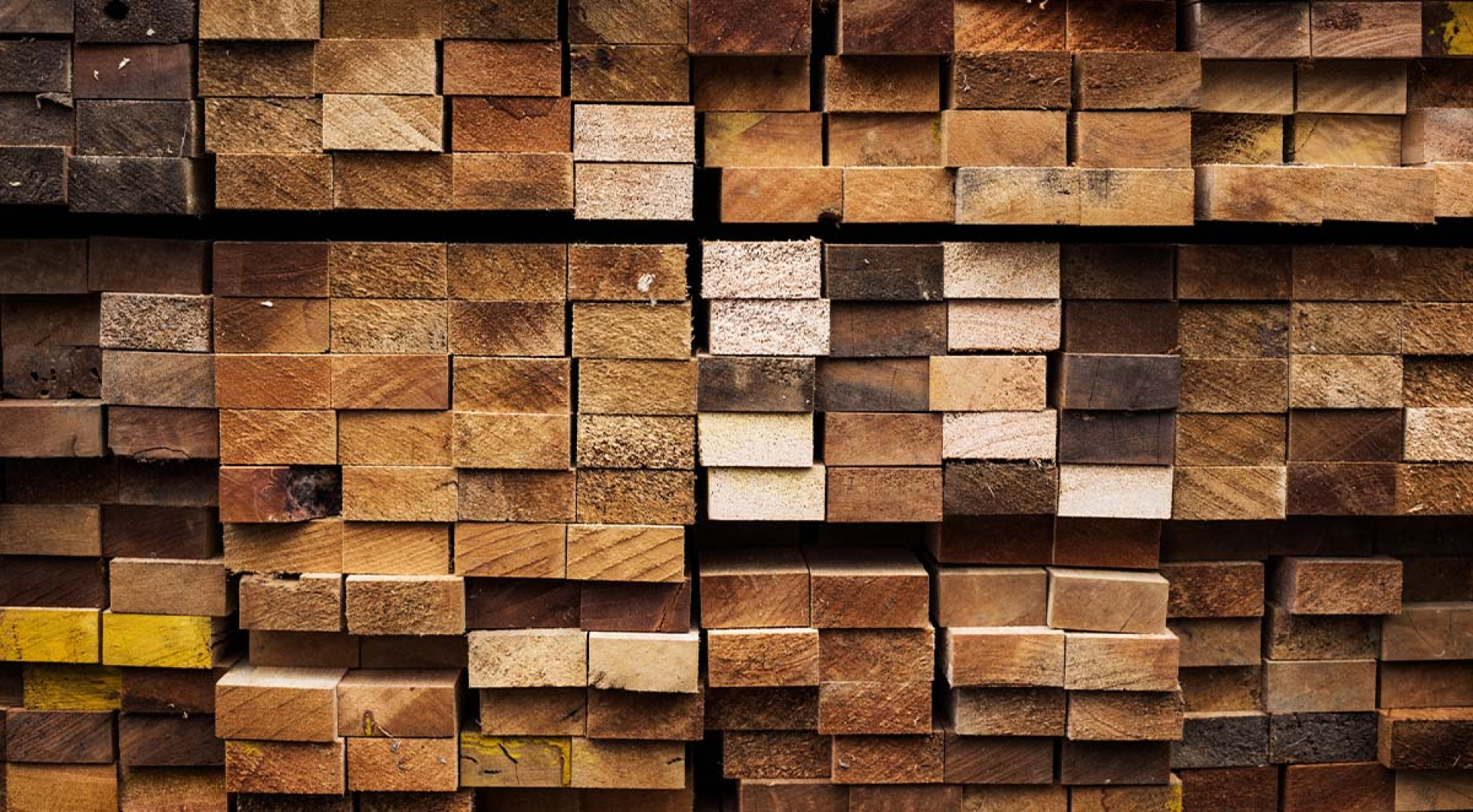Comparison Of Hardwoods And Softwoods
Classifying wood as either hardwood or softwood depends on its physical structure and makeup, so it is overly simple to think of hardwoods as being hard and durable compared to soft and workable softwoods.
This is generally true, but there are exceptions, such as wood from yew trees, which is relatively hard softwood, and timber from balsa trees, which is hardwood that is softer than softwoods.
Hardwood and softwood classification begins with the basic botanical characteristics of each group found in the forest and continues with the different lumber characteristics and uses.
1. Botanical Classifications Of Hardwoods And Softwoods
Hardwood comes from angiosperms, seed-producing, flowering trees with seeds enclosed within an ovary. Softwood comes from gymnosperm trees, seed-producing non-flowering trees whose seeds are enclosed or naked.
Hardwood trees are broad-leaved with vessels that transport water throughout the wood. Under a microscope, these vessels appear as pores. Hardwoods shed their leaves in the fall after changing color. Hardwoods are generally more dense than softwoods and, therefore, heavier.
Hardwoods include species such as maple, oak, hickory, yellow-poplar, ash, elm, beech, and black walnut.
Softwoods come from gymnosperm trees, which usually have needles and cones. Medullary rays and tracheids transport water and produce sap. When viewed under a microscope, softwoods have no visible pores because of the tracheid.
Softwoods are less dense than hardwoods, so they are lighter. They are also typically faster growing than hardwoods and keep their leaves throughout the year, so they are evergreen.
Softwoods include species such as loblolly pine, white pine, red cedar, balsam fir, spruce, hemlock, and Frazier fir.
2. Physical Characteristics Of Softwood and Hardwood Lumber
Classifying wood as either hardwood or softwood depends on its physical structure and makeup, so it is overly simple to think of hardwoods as being hard and durable compared to soft and workable softwoods.
This is generally true, but there are exceptions, such as wood from yew trees, a relatively hard softwood, and wood from balsa trees, a hardwood that is softer than softwoods.
Softwoods contain more glucomannans than hardwoods, while hardwoods contain more xylans.
Hardwoods are generally far more resistant to decay than softwoods when used for exterior work. However, solid hardwood joinery is expensive compared to softwood, and most hardwood doors, for instance, now consist of a thin veneer bonded to softwood-product MDF.
The bulk density of softwoods is generally less than that of hardwoods, so softwood lumber is lighter and easier to work with than hardwood lumber.
Softwood lumber is generally lighter in color than hardwood lumber, ranging from white to yellowish. Red cedar has a pinkish-red color, and redwood has a deeper red.
Hardwood lumber, on the other hand, varies in color greatly depending on species. Yellow poplar is greenish-white, red oak is reddish brown, and black walnut is dark brown. Typically, hardwoods will have a more diverse pattern in the wood than softwoods.
3. Uses Of Hardwood And Softwood Lumber
In many cases, hardwoods and softwoods are both used for many of the same purposes, with more emphasis placed on the type of hardwood or softwood and how dense it is.
Generally, softwoods are cheaper and easier to work with than hardwoods. As such, they make up the bulk of all wood used worldwide, with about 80% of all timber being softwood. This is impressive, considering hardwoods are much more common worldwide than softwoods.
Hardwoods have a wide range of applications and are found in building components such as windows, doors, furniture, flooring, and trim. Though they are often more expensive and sometimes more challenging to work with, their upside is that most are denser, meaning they will last longer than softwoods. For this reason, hardwoods are more likely to be found in high-quality furniture, decks, flooring, and construction that needs to last.
Select Hardwoods Lumber Provides Softwood And Hardwood Products
Select Hardwoods markets the lumber produced by the Church & Church Lumber Company Sawmill to our customers worldwide. We kiln dry premier Appalachian hardwoods for millwork, furniture, flooring, and other high-end applications throughout the United States and worldwide.
We have 400,000 board feet dry kiln capacity, expertly dry lumber to customer specifications, and prepare lumber for shipment to domestic and export markets.
We specialize in producing high-quality hardwood products procured from across the Southern Appalachians, which is known for its abundant hardwood timber. We supply hardwood species such as white oak, red oak, hickory, ash, beech, cherry, walnut, and yellow poplar in various dimensions and grades to fit your needs.
Select Hardwoods maintains an updated inventory of our products so that we can fill your orders as needed. If we do not have what you need in the wood yard, just let us know, and we will work to fill that need as well.
Select Hardwoods is a division of Church and Church Lumber Company, a major buyer of timber products from private land in the mountains of North Carolina, providing income to landowners and jobs throughout the state. Income from the sale of timber products can fund proper land management activities for various natural resources.
Church and Church, a family-owned company, serves much of North Carolina and the neighboring areas. We offer a wide range of services, from logging and forest management to direct lumber sales, and in some cases, we can assist in securing funding from available cost-share programs.
If you wish to work directly with a lumber mill for hardwoods, then contact us to discuss your hardwood lumber needs.
